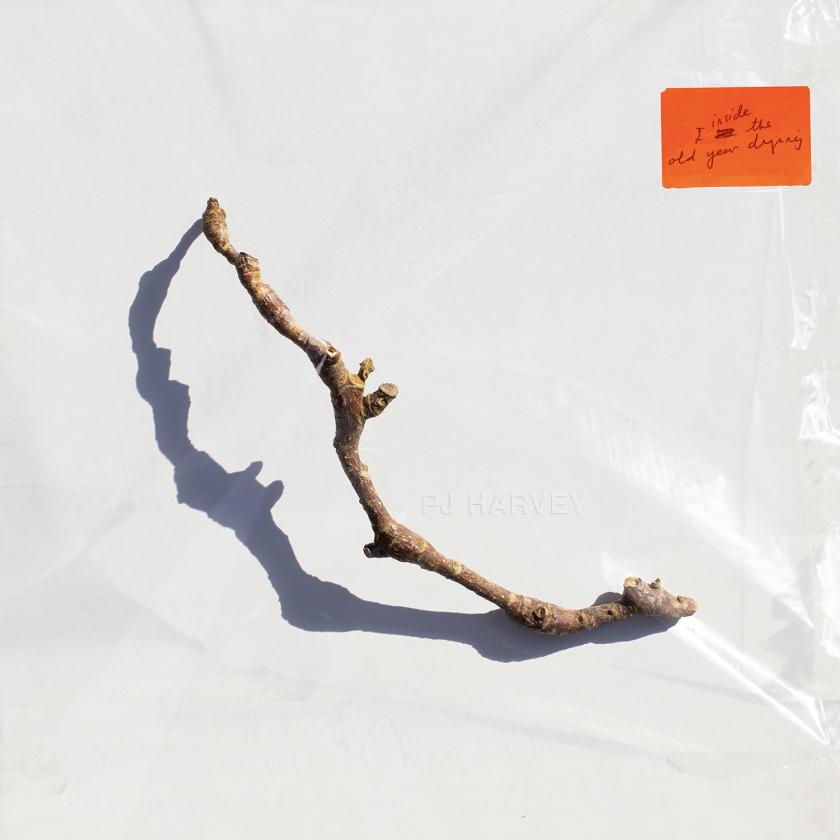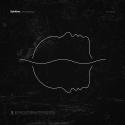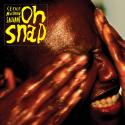As an authentic artist, PJ Harvey manages to remain true to her essence as well as constantly shifting her creative stance. Each of her albums has been a leap forward, and yet anchored in a sound and style that are immediately recognisable as hers.
This new album, the first in seven years, is in character – sensual, mysterious, a mixture of introverted softness and extrovert violence. It's very good, full of surprises, slow to reveal itself, like a really well-accomplished piece of poetry.
Her previous release, The Hope Six Demolition Project (2016) was a collection of demos, songs not half-baked but still finding their adventurous way. With the new album, she’s found solid ground, and yet still feels as if in constant and fruitful search, never content with neatness or clarity, toying with obscurity as well as reaching for the light. The sounds that she conjures in the studio with her long-time collaborator John Parish, further shaped by the producer Flood, are like nothing else you will ever have heard: keyboards, synths, guitars and percussion twisted, tweaked and transformed beyond their native and predictable sonorities. There was plenty of this kind of experimentation on Let England Shake (2011) and there are moments here that echo the startling soundscape of that brilliant album.
In tune with the always misty and indeterminate timbre of the instrumental sounds, Harvey and her cohorts have buried fragments of field recordings, that are embedded in the thick and ceaselessly shifting aural entourage. Without being fashionably pagan, the songs are rooted in an experience of nature and the earth, sense and sexuality, that draws from a collective unconscious far beyond, or beneath today's crude materialism and artificial tropes that pretend to be intelligent. Mixing ordinary English with old Dorset dialect, these are songs that honour the cycles of life and death and the changes of season.
This is a universe inhabited by creatures that float between the hard reality of soil, and the imagination of sorceresses and magi. A world through the looking glass in which the silence is “upside down, horse atop the rider”, and “femboys in the forest find figs of foul freedom” . The great God Pan – cursed as the Devil in Christian belief – is never far away. Polly Harvey is both fairy queen with an innocent and vulnerable young girl’s angelic voice and the screaming banshee we know from her blues and rock incarnations. She sings at one point of an Ooser-rod, translated along with many other West Country magic words in the lyric sheet, as “a devil’s penis, abnormally large”.
None of this dark material, drawn from the depths, though not devoid of wonder and humour, is at odds with PJ Harvey’s rock persona. These songs of the earth seek a different kind of ground to music rooted in the blues, and yet there is a strange affinity. With references to Keats and Shakespeare, Harvey is quintessentially English. She treads her own path, and each turn of the journey is full of riches and mystery.















Add comment